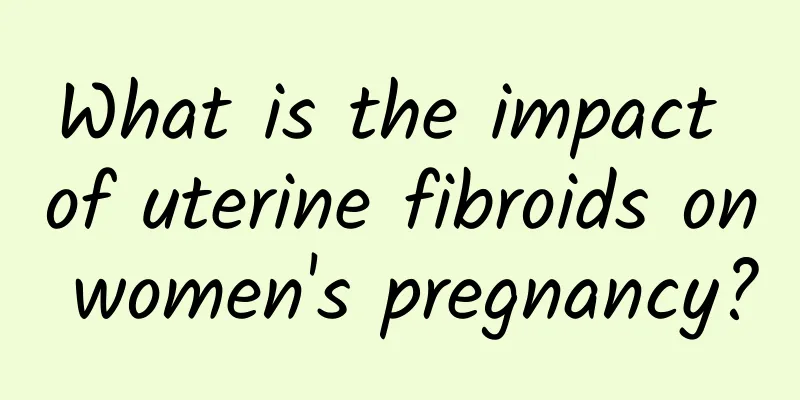When is the best time to have a painless abortion?

|
Painless abortion is a common way to terminate pregnancy. Generally speaking, the best time for painless abortion is 6 to 8 weeks after menopause. During this period, the gestational sac is of moderate size, the operation is easy, the harm to the body is small, the amount of bleeding is small, and the abortion success rate is high. However, the best time for painless abortion is not absolute, and the specific time needs to be determined according to the size and condition of the patient's gestational sac. 1. The size of the gestational sac is moderate: 6 to 8 weeks after menopause, the gestational sac is moderate in size and suitable for painless abortion. At this time, the gestational sac is neither too small nor too large, and the operation process is smoother. 2. Easy operation: Since the gestational sac is of moderate size, it is easier for the doctor to find the gestational sac and perform accurate operations during the operation, reducing the operation time and risks. 3. Less harm to the body: Painless abortion surgery at the best time will cause relatively less damage to the endometrium and the body. Postoperative recovery is faster, reducing the risk of infection and other complications. 4. Less bleeding: If the surgery is performed at an appropriate time, the amount of bleeding during the operation will be relatively small, which helps to reduce the occurrence of postoperative anemia and other related complications. 5. High success rate: Painless abortion surgery at the best time has a higher chance of successful abortion. This reduces the possibility of reoperation or uterine curettage and reduces the physical and psychological burden on patients. Before undergoing painless abortion surgery, the patient needs to undergo a comprehensive examination, including B-ultrasound, blood routine, urine routine, etc., to determine the size and position of the gestational sac, and whether the patient's physical condition is suitable for surgery. Although painless abortion surgery can relieve the patient's pain, it is still an invasive surgery and will cause certain damage to the uterus. After the operation, the patient needs to pay attention to rest and recuperation, avoid excessive fatigue and sexual life to promote physical recovery. At the same time, regular follow-up examinations are required after the operation to ensure the effectiveness of the operation and physical health. |
<<: What medicine is best for pelvic inflammatory disease?
>>: My period just ended, my vulva is itchy, and the leucorrhea is fine. What's wrong?
Recommend
The main causes of pelvic inflammatory disease in women
Pelvic inflammatory disease is a common gynecolog...
Common knowledge about the symptoms of cervical precancerous lesions
Introducing the three common symptoms of cervical...
Can perfume help you lose weight? Doctor: Limited effect is just a gimmick
Can you lose weight just by smelling perfume? Bri...
What is delayed menstruation and early menstruation? Which is more terrible?
The female menstrual cycle is about 28 to 30 days...
What fruits can you eat after abortion? 12 kinds of fruits you must eat after abortion
Abortion is a common way of miscarriage in modern...
Diet can reduce the harm caused by menopause
Everyone needs to pay attention to the occurrence...
Diagnostic basis is very important for the treatment of uterine fibroids in women
I think most women are familiar with uterine fibr...
The key secret of Yi Nengjing losing 15 kg in 4 months after giving birth is...
Yi Nengjing, who gave birth to her baby daughter ...
Zhu Lijing passed away from breast cancer! Doctor: Breast examinations for women under 40 and over 45 are different
Singer Zhu Lijing, who won the talent show "...
What are the chances of curing threatened abortion?
What is the chance of curing threatened abortion?...
What to do with irregular menstruation? 4 ways to check irregular menstruation
Women are called by God to lack creativity and ar...
Eliminate leg edema with 4 movements to promote blood circulation and prevent coldness
The thighs have large muscles and a lot of blood ...
Preliminary analysis of the etiology of hyperprolactinemia
The cause of hyperprolactinemia needs to be activ...
What are the symptoms of adnexitis?
Adnexitis is a disease caused by many factors. Su...
Is it life-threatening to have an abortion for a scarred uterus? Will I get pregnant?
There are certain risks in performing abortion on...









